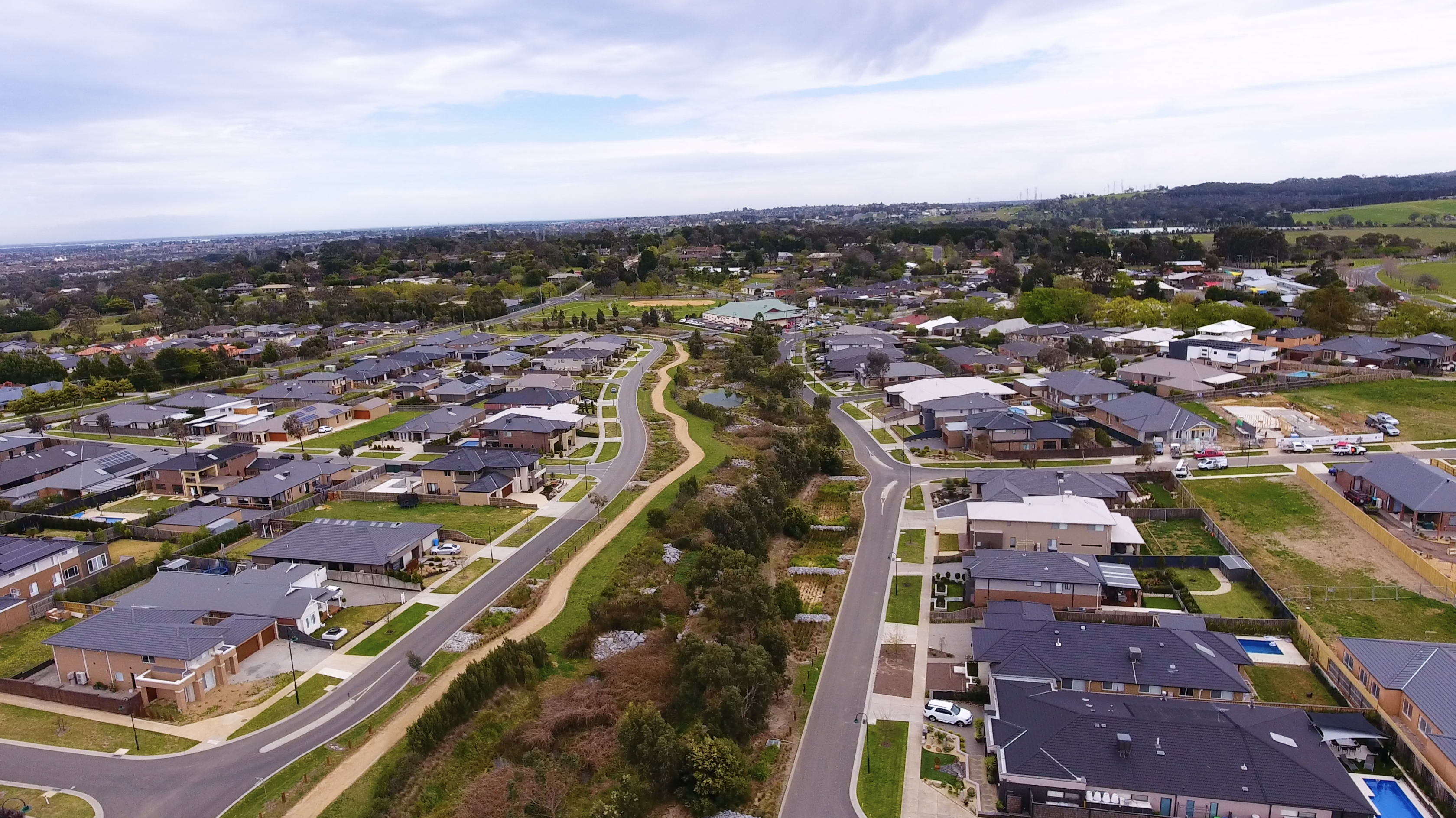What is the Windfall Gains Tax?
To recap, the Windfall Gains Tax (WGT) was introduced by the Victorian Government to capture some of the uplift in value that results from land being rezoned. The Tax applies to uplifts over $100,000 and is imposed at a rate of 62.5% for an uplift in value between $100,000 and $500,000; or 50% for a total uplift in value over $500,000. The driver for this tax was, that it was considered unfair for land value uplift to solely benefit landowners when land is rezoned.
The WGT will be imposed on the owner of land where rezoning occurs after 1 July 2023. We noted previously, in our introduction the Tax article in 2022, that the implications of the WGT for the land development industry, and the delivery of new housing, particularly in regional areas, will be far-reaching.
Not all rezonings will cop the WGT, exemptions include rezoned property that is used primarily for residential purposes (up to two hectares) and land rezoned to or from the Urban Growth Zone. An exemption to the WGT may be available to landowners who entered into a contract of sale, or for rezonings that were underway and sufficiently progressed, before the Tax was announced in May 2021.
How is the tax decided?
The Tax is calculated by reference to the difference in the capital improved value (CIV) before and after the land is rezoned as determined by the Valuer-General Victoria.
For landowners/developers that might be subject to the WGT, it is important to understand how the tax is calculated and the opportunities for objection to this calculation.
- the Valuer-General will use the CIV as at 1 January before the property was rezoned (CIV1). It will also undertake a supplementary valuation of the property, based on the new rezoning, as if it had been rezoned at 1 January of the same year (CIV2). The difference between CIV1 and CIV2 reflects the uplift in value arising from the rezoning.
There is scope to object to the CIV of land as assessed by the Valuer-General, within 2 months of the assessment, by lodging an objection with:
- The local Council (where the CIV is specified in a rates notice); or
- The Commissioner of State Revenue (where the CIV is specified in a notice of assessment).
The Tax is likely to motivate some landowners to object to their pre-rezoning CIV, on the basis that it is too low and should be increased. The aim of this would be to generate a smaller uplift and therefore less WGT payable. There is an important role for valuers and planners in considering this given that a proposed amendment is a relevant consideration in determining CIV and that the valuation would reflect the likelihood and form of a rezoning.
Landowners and developers will need to carefully consider the legal and financial implications of the WGT, and these implications will likely influence the timing and form of transactions of land to be rezoned. Unfortunately, we foresee that this will lead to further negative impacts on housing affordability in the residential sector due to the increased risk and cost associated with a landowner/developer-led rezoning and the subsequent need to pass on additional costs to homeowners.
How we’re working with the WGT
It has been very pleasing to see three projects for our clients – amendment C138 in Latrobe, C116 in Wellington and C145 Yarragon – achieving rezonings a week before the implementation of the WGT, and avoiding the battle needed to ensure the WGT doesn’t render a project financially unviable.
Careful consideration will be required for all future rezonings to ensure the WGT doesn’t deliver a knock-out financial blow to new projects.
If you would like to learn more about WGT and what it means for you, we’d love to talk.
Get in contact with our team of experts, or check out the Victorian Government’s official WGT factsheet.




